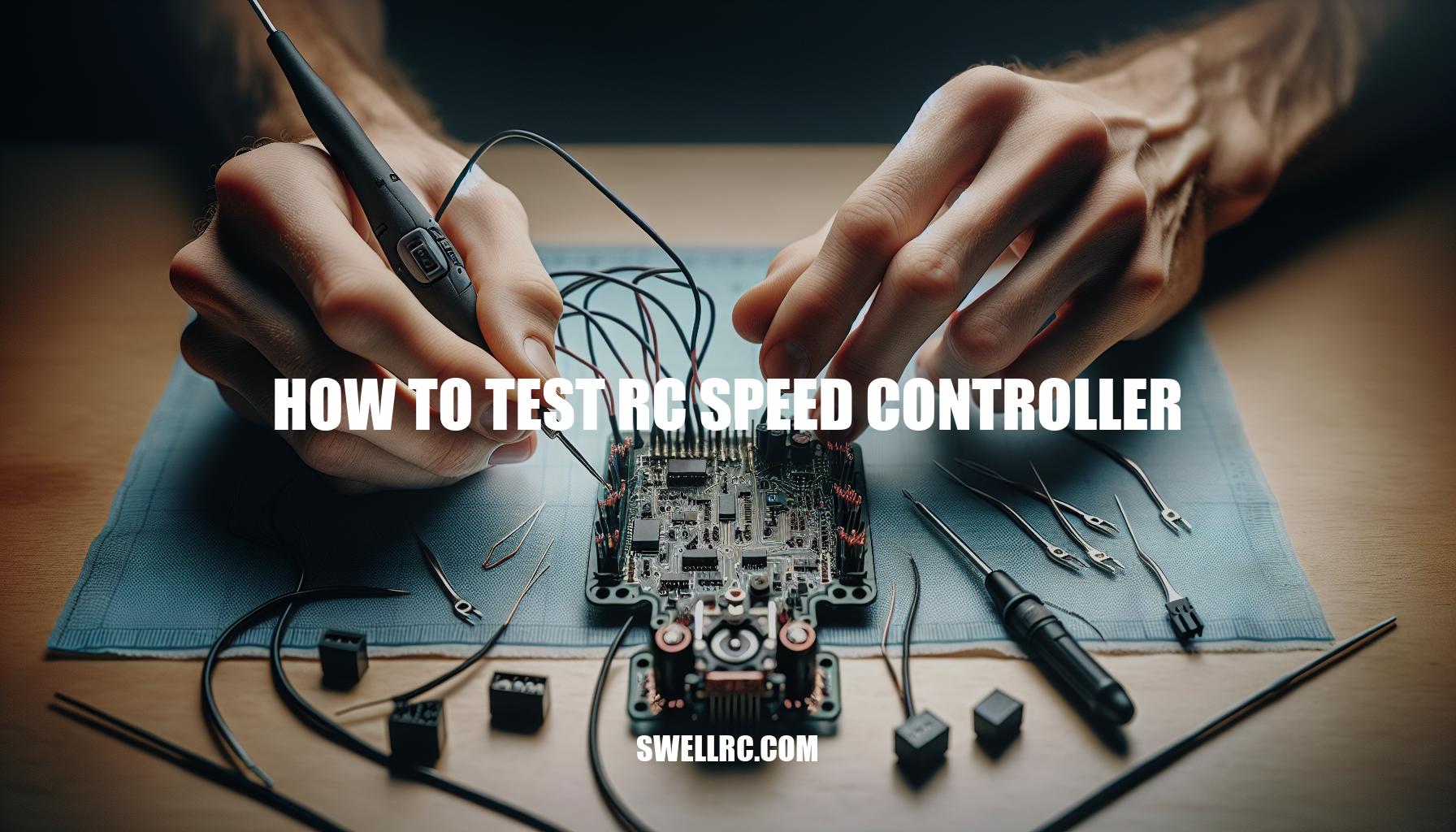How to Test RC Speed Controller: A Comprehensive Guide
Ah, Radio-controlled (RC) aficionados, I’m sure you already know how vital speed controllers are when it comes to RC cars, boats, or models. They’re the heart of the beast, the high-performance engine that drives all the fun, say like the ‘Hobbywing Xerun XR10 Pro’ with its sleek features and robust performance. But just like any machinery, they need regular check-ups and servicing, don’t they? It’s like when we take the car for tuning up; testing RC speed controllers can save us from sudden breakdowns and keep the thrill going. It may sound complex, but trust me, with the right tools and a little bit of patience, you can easily test your controllers for top-notch performance. So, buckle up and get ready as we dive into this exciting world of RC speed controller testing!
Testing Your RC Speed Controller
Well, let’s dive right in, shall we? Alright. To begin with, collecting the right tools is the cornerstone of learning how to test RC speed controller, akin to a doctor assembling their medical kit before an examination. Now, your indispensable ‘stethoscope’ in this diagnostic journey is a multimeter. A reliable recommendation would be the Fluke 77 IV Digital Multimeter. Renowned for its accuracy, it’ll help you measure voltage, current, and resistance with unerring precision. Add to this vital equipment, a servo tester. The HobbyKing Servo Tester is a popular choice among hobbyists to observe how the controller in question behaves. Lastly, don’t overlook a stable and suitable power supply source; your ‘anesthesia,’ if you will, maintaining the constant ‘heartbeat’ of your RC gadget.
- Multimeter: Analyzes electrical properties.
- Servo Tester: Checks controller response.
- Power Supply: Provides consistent energy flow.
Remember, each tool in this kit has its unique role, designed to ensure that your RC speed controller runs at optimal capacity. And guess what? With this intricate yet exciting world of RC devices unfolding before you, becoming a ‘tech doctor’ might just be your next thing. So gear up, and let’s get cracking on deciphering how to test RC speed controller!!
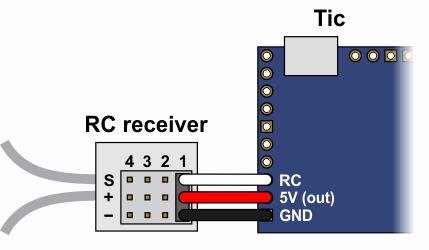
What is a servo tester used for when testing an RC speed controller?
A servo tester, in the world of RC speed controllers, is like a trusted sidekick! Its primary job is to offer an easy and safe method of testing your controller’s performance. Imagine it as your personal tool for giving your speed controller a thorough workout before it hits the track. By adjusting the tester, you can ensure the controller is responding accurately to signals, manipulating the throttle and steering exactly the way you need it to. No more guessing games, no mysteries – just you, the servo tester, and the knowledge that your RC is ready to take on any challenge. It’s like a glimpse into the RC’s brain, a personal dialogue where the tester checks each detail, whispering ‘Hey mate, let’s make sure you’re working at your absolute best.’ So, grab a servo tester, make it part of your toolbox, and relish in the confidence of knowing your RC speed controller is in its prime.
Testing Your RC Speed Controller
Let’s roll up our sleeves and get down to business! Before we dive deep into the testing process, safety comes first. Always remember to switch off the power source to avoid any unexpected electrical surges. Just like how you’d never want to jumpstart a car with its engine already running. An important thing to keep in mind is the overall health and condition of your RC speed controller. Cast a critical eye over it and look out for any signs of physical damage. Be it scorch marks, broken wires, or loose connectors – these are all telltale signs that something may be amiss. Stressing on how to test rc speed controller, cover all bases beforehand. You wouldn’t go hiking without checking your gear, would you? Same logic applies here. This preliminary check helps in identifying potential errors that might otherwise go unnoticed and hamper the testing process. And guys, remember to always keep a neat and well-organized workspace. Keeping track of your tools and device components will make the process a whole lot smoother – believe me! Following these steps minimizes unnecessary risks, saving you both time and perhaps a nasty shock or two. Like the once-popular website Safety.com used to say: ‘There is no substitute for safety.’
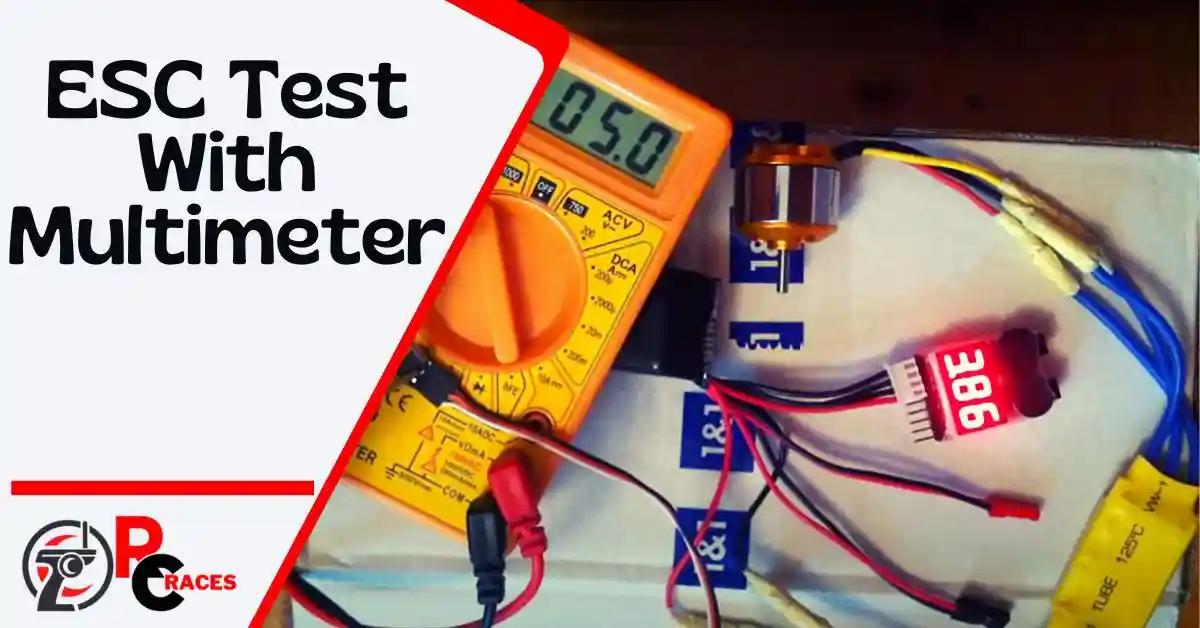
What are some common signs of physical damage to look out for when testing an RC speed controller?
You’re right in wanting to test the condition of your RC speed controller, mate. It’s the heart of your RC device, dictating how it responds to your commands. So, what are some telltale signs of physical damage? Well, you should look out for the obvious ones first. Cracks or chips on the circuit board, bent or broken pins, and signs of burn marks or melting are some brutal blows that can seriously mess up its functionality.
Pay attention to the wires as well. If they’re frayed, discolored, or show signs of overheating, there’s trouble in paradise. You see, these imply that way too much current has flowed through them, posing a risk not only to your speed controller, but to your whole RC device!
Next up, check under the hood, or rather, the heat sinks. These little fellas dissipate heat away from the controller. If these are corroded or clearly worn, your controller may be overheating, causing serious damage to itself.
Additionally, don’t ignore the foul smell of burnt electronics and the feeling of excessive heat when you touch the device. These are often red flags that the speed controller isn’t doing too well.
Without a doubt, diagnosing your RC speed controller needs a keen eye. It’s a bit like being a doctor for your RC device, unraveling clues to prevent future mishaps. Good on you for doing your homework!
Testing RC Speed Controllers
Let’s dive right into the testing steps. Put on your scientist’s hat, as we’re about to get a bit technical, but don’t worry – we’ll break down everything for you. First off, grab your trusty multimeter. For the unfamiliar, a multimeter is akin to the Swiss Army knife of electrical testing tools. The versatile gadget measures voltage, current, and resistance.
Now, carefully connect the RC speed controller to your power source, ensuring to match the polarity. As the saying goes, “slow and steady wins the race,” so take your time. Next up, it’s time to check the voltage. Select the ‘voltage’ function on your multimeter and connect it to your RC speed controller – black lead to ground, red lead to power. The multimeter’s reading should be stable, matching the expected input from your power supply. If it’s fluctuating dramatically, you might have a gremlin in your speed controller.
Then, for testing the current, switch your multimeter to the ‘current’ function. Gradually increase throttle while carefully observing if there are any sharp spikes or drops. If you spot severe inconsistencies or erratic behaviors, it could very well mean your RC speed controller is faulty.
Remember, these steps are not just a one-and-done deal – consistency is key when wondering how to test RC speed controller. Repeat the steps a few times to ensure accurate results. Like the Bucks’ MVP Giannis says – “Always stay humble and hungry.”
P.S: If all this sounds a bit much, there’s a heap of useful video guides available on YouTube. Channels like ‘Essential RC’ offer in-depth, easy-to-follow tutorials to help you become an RC testing master.
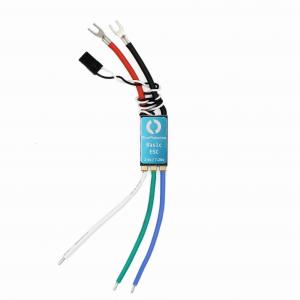
What are some recommended video guides for learning how to test an RC speed controller?
I totally understand your interest in grasping the ins and outs of testing an RC speed controller, it can indeed be a fascinating realm! If you’re itching to get hand-on, I highly recommend checking out video guides like those from “RCModelReviews” or “The Post Apocalyptic Inventor” available on YouTube; both channels offer really insightful tutorials.
The “RCModelReviews” page is a goldmine of expert tips to resolve various RC-related issues, and they’ve got a specific video guide called ‘Understanding RC propeller size’ that should shed light on RC speed controller testing. The dynamic and hands-on approach importantly demystifies the entire process and really boosts your confidence!
On the other hand, “The Post Apocalyptic Inventor”‘s video guide called ‘Let’s build an Open Source ESC’ teaches you how to build a speed controller from scratch. It’s quite in-depth, so I’d recommend it if you’re up for sinking your teeth into something a bit more technical.
Remember, toying around with an RC speed controller requires a lot of patience, but it’s also a fun learning journey. Before long, you’ll start feeling like you’ve always been an old hand in the RC world! Don’t fret over mistakes, just smile & keep going. Cheers to your RC adventures!
Putting It All Together
The Testing Process Detailed
You’ve got your multimeter, servo tester, and power source ready. Now the true journey of how to test rc speed controller begins. However, tread carefully. Remember, this is a lot like brewing up a cup of your favorite coffee – you need to approach it one step at a time, with attention to detail.
First up, you need the multimeter. This multi-talented device, like the highly-acclaimed Fluke 77 IV, should already be in DC mode and the red lead connected to the “volt+” and the black lead to “com”.
- Set the multimeter to measure voltage, then connect it to your power source to check the voltage input. This should match up to what your RC speed controller’s specifications provide.
- Once confirmed, you may move on to check the current. Keep in mind, current readings can indicate the efficiency of your speed controller. If it’s too high or fluctuating too much, you have a worrisome situation on your hands!
Next, bring the servo tester into play. It’s as fun to use as the joysticks on those old video game consoles. Connect it to your RC speed controller to check its responsiveness. It needs to be consistent, as you’d expect when playing your favorite racing game where every twitch of the joystick can make or break your race!
All these tests can seem overwhelming, but websites like ‘RCGroups Forum’ and ‘Instructables’ provide walkthroughs and discussions that can make this task easier. However, this guide could be your go-to playbook too!
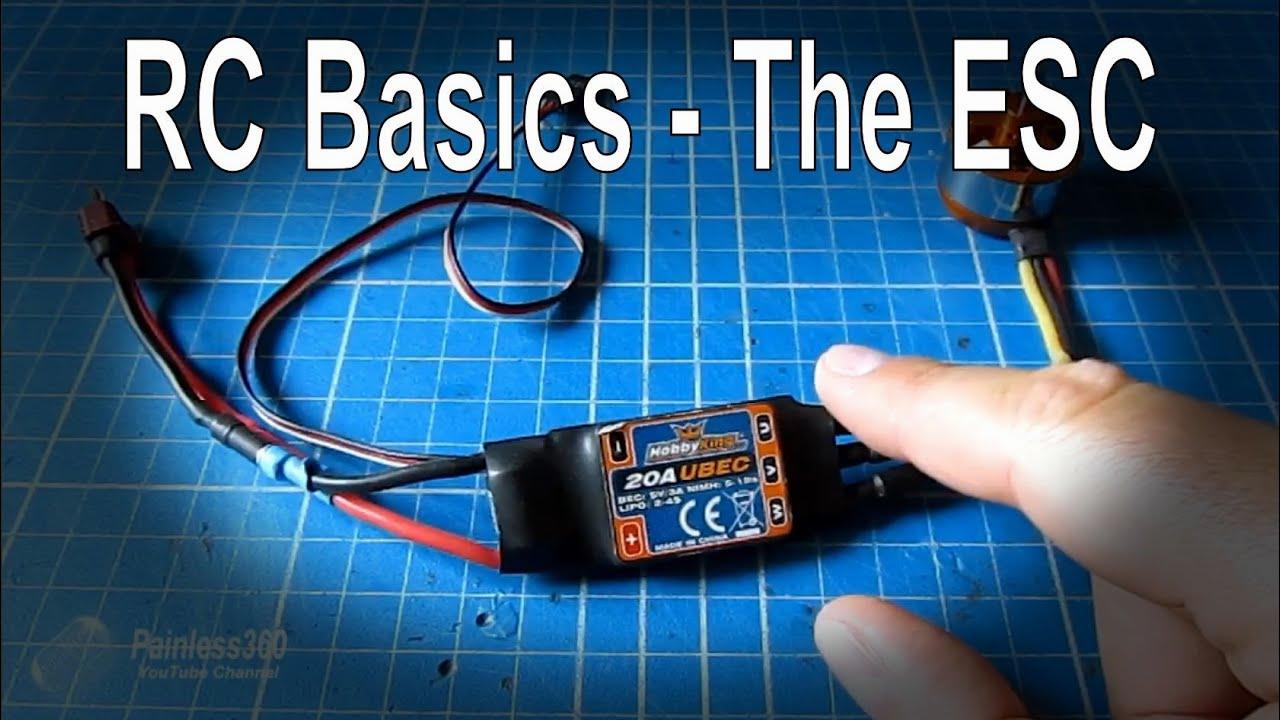
What is a servo tester and how does it help in testing RC speed controllers?
A servo tester, my friend, is a handy little gadget that plays a crucial role when you’re fine-tuning your RC devices. Picture it like a go-between for your radio transmitter and the RC speed controller. Taking on a role somewhat similar to test driving a car, it allows you to simulate the signals that the speed controller would typically get from the radio transmitter.
The magic with this tool comes in helping you test and adjust the performance of your RC speed controller. It helps you understand whether it’s functioning properly; and trust me, folks, nothing is more frustrating than an ill-performing speed controller on your favorite RC gadget!
As a matter of fact, it’s all about monitoring response time, consistency and stability of your speed controller. And boy, when everything is working smoothly, it’s just like that perfect steak on a Saturday evening, simply satisfying!
But always remember, patience and keen attention to detail will pay dividends in the world of RC exploration. It’s about making the learning process enjoyable and the results rewarding. So go ahead, get your hands on a servo tester and revamp the way you test your RC speed controllers. It’s a game changer!
As you look at the results of your testing, remember that clarity is key. If that current reading on your multimeter is bouncing up and down like a yo-yo at a birthday party, it’s possible your RC speed controller might be closer to the junk pile than the race track. On the flip side, your RC model should respond to the servo tester like a well-trained dog, steady and consistent.
Sometimes, it might throw you a curveball, starting and stopping or making erratic movements — essentially behaving like a teenager being asked to clean their room. That’s your signal it’s time for troubleshooting. Learning how to test rc speed controller isn’t just about extending the life of your equipment; it’s about getting to know your gear inside and out. Like any good relationship, that takes time and patience.
In fact, in the world of RC, getting to understand your gear is half the fun — so take your time. Dig in. Embrace that love of RC that brought you here. A well-performing RC speed controller can make a world of difference in your hobby experience. So, grab that multimeter, your servo tester, and let’s get testing.
Remember, preserving this little piece of tech might seem like a hassle now, but in the long run, ‘prevention is better than cure’. Regular testing not only keeps your RC activities running smoothly but also saves you from unforeseen headaches. So here’s to a well-tested, high-performing RC speed controller, and many thrilling RC races ahead!

